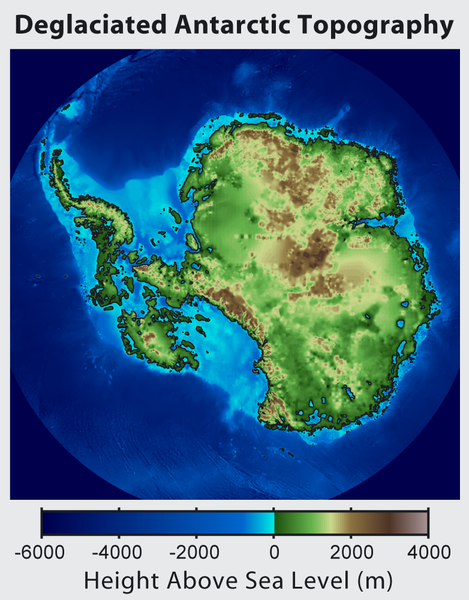ملف:Antarctica Without Ice Sheet.png

حجم هذه المعاينة: 469 × 600 بكسل. الأبعاد الأخرى: 188 × 240 بكسل | 375 × 480 بكسل | 782 × 1٬000 بكسل.
الملف الأصلي (782 × 1٬000 بكسل حجم الملف: 675 كيلوبايت، نوع MIME: image/png)
تاريخ الملف
اضغط على زمن/تاريخ لرؤية الملف كما بدا في هذا الزمن.
| زمن/تاريخ | صورة مصغرة | الأبعاد | مستخدم | تعليق | |
|---|---|---|---|---|---|
| حالي | 16:56، 16 يونيو 2015 |  | 782 × 1٬000 (675 كيلوبايت) | Szczureq | larger image |
| 05:57، 10 أكتوبر 2012 |  | 469 × 600 (316 كيلوبايت) | Strannik27 | User created page with UploadWizard |
استخدام الملف
الصفحة التالية تستخدم هذا الملف:
الاستخدام العالمي للملف
الويكيات الأخرى التالية تستخدم هذا الملف:
- الاستخدام في ast.wikipedia.org
- الاستخدام في ban.wikipedia.org
- الاستخدام في ba.wikipedia.org
- الاستخدام في be-tarask.wikipedia.org
- الاستخدام في be.wikipedia.org
- الاستخدام في br.wikipedia.org
- الاستخدام في bxr.wikipedia.org
- الاستخدام في ca.wikipedia.org
- الاستخدام في cs.wikipedia.org
- الاستخدام في de.wikipedia.org
- الاستخدام في en.wikipedia.org
- الاستخدام في es.wikipedia.org
- الاستخدام في es.wikibooks.org
- الاستخدام في fr.wikipedia.org
- الاستخدام في id.wikipedia.org
- الاستخدام في it.wikipedia.org
- الاستخدام في ja.wikipedia.org
- الاستخدام في ka.wikipedia.org
- الاستخدام في kn.wikipedia.org
- الاستخدام في la.wikipedia.org
- الاستخدام في mn.wikipedia.org
- الاستخدام في nl.wikipedia.org
- الاستخدام في no.wikipedia.org
- الاستخدام في pl.wikipedia.org
- الاستخدام في ru.wikipedia.org
- الاستخدام في tg.wikipedia.org
- الاستخدام في tr.wikipedia.org
- الاستخدام في uk.wikipedia.org
- الاستخدام في zh.wikipedia.org
- الاستخدام في zu.wikipedia.org

